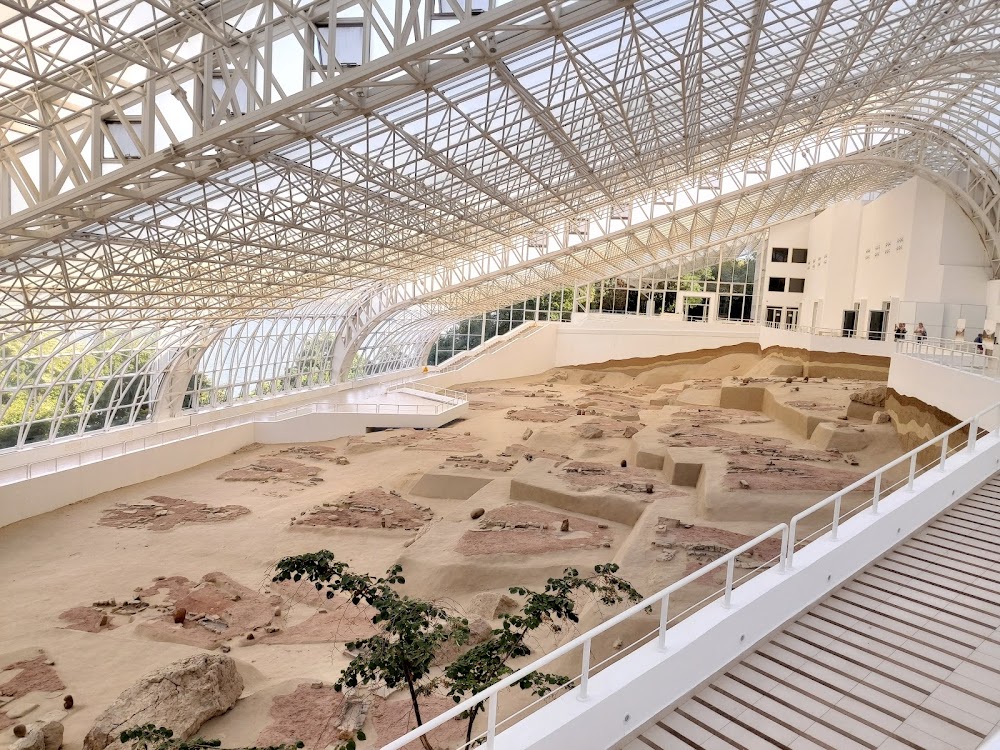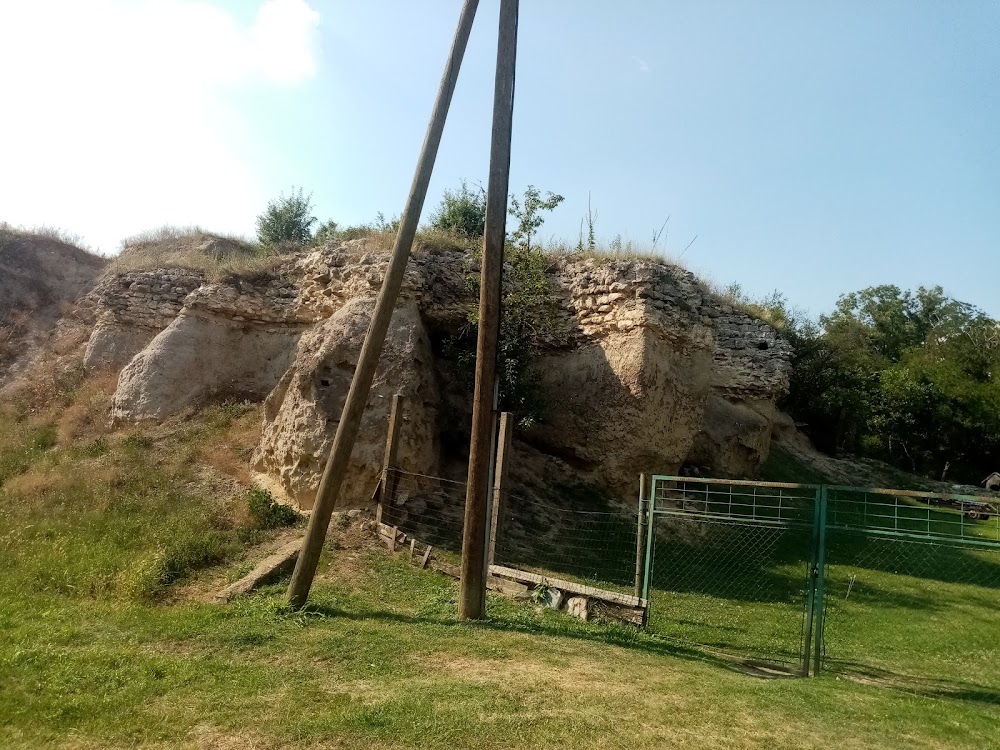Smederevo Fortress (Смедеревска тврђава)
Related Places
Overview
The Smederevo Fortress stands as a remarkable monument to medieval Serbian architecture and history. Nestled in the picturesque Podunavlje District of Serbia, this impressive stronghold was strategically built at the confluence of the Jezava and Danube rivers. Its construction was primarily driven by the need to safeguard the Serbian state from impending Ottoman invasions, making it a pivotal site in the region’s history.
The visionary behind the fortress was Despot Đurađ Branković, who initiated its construction in 1428. He meticulously chose this location for its natural defenses and vital access to the Danube River, which was crucial for trade and supply routes. Designed to serve as the capital of the Serbian Despotate, the fortress’s layout reflects a blend of defensive strategy and architectural prowess.
The fortress was built primarily from stone and brick, with the initial phase focusing on the Small Town or Inner Fortress. This section was the heart of the royal court, housing essential administrative buildings protected by high walls and formidable towers. A skilled workforce, comprising local laborers and foreign masons, collaborated to create a nearly impenetrable defensive structure.
As construction progressed, the fortress expanded to include the Large Town or Outer Fortress, enveloping the Inner Fortress. This addition comprised residential quarters, warehouses, and various facilities, all fortified with thick walls and 25 massive towers, each featuring cannon openings to deter invaders. Covering approximately 11 hectares, its square-shaped layout made it one of the largest fortresses of its time.
Beyond its military significance, Smederevo Fortress served as a vibrant center of political and cultural life. It was home to monasteries, churches, and residences that embodied the architectural styles of the period. The fortress’s thick walls, advanced gate systems, and defensive towers showcase the military engineering of the era, designed for optimal protection and resilience.
In 1439, the fortress faced its first major challenge when Sultan Murad II's Ottoman forces besieged it. Despite fierce resistance, the fortress ultimately fell, underscoring its strategic importance in the ongoing conflict. Throughout its tumultuous history, Smederevo Fortress changed hands multiple times between the Serbian Despotate and the Ottomans.
Over the years, the fortress underwent numerous repairs and reinforcements, particularly during Ottoman rule, when new features were added to bolster its defenses. This included additional fortifications on the river-facing sides and the construction of a water moat around its perimeter, enhancing its ability to withstand assaults.
By the 19th century, although the fortress had lost much of its military relevance, it still played a role during both World Wars. It suffered significant damage during World War II due to explosions and bombings. Despite these challenges, Smederevo Fortress has retained much of its original structure, offering a vivid glimpse into medieval Serbian history.
Today, Smederevo Fortress is a well-preserved historical site that welcomes visitors from around the globe. It stands as a proud symbol of Serbia's rich heritage, embodying centuries of history within its walls. Tourists and history enthusiasts flock here to marvel at its architectural grandeur and the stories etched into its stones. Throughout the year, cultural events and festivals breathe life into the fortress, celebrating its enduring legacy.
The Smederevo Fortress is a powerful reminder of the resilience and architectural ingenuity of medieval Serbia. Its walls continue to echo the past, providing a window into a time when the fortress stood as a beacon of strength and cultural prosperity in the Balkans.







